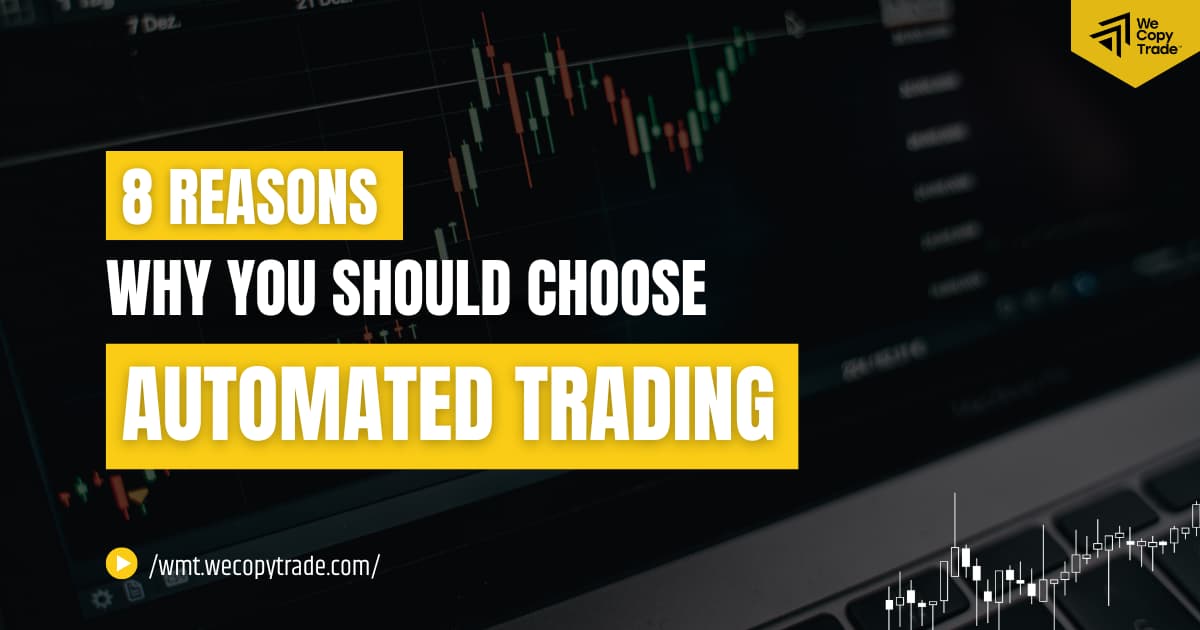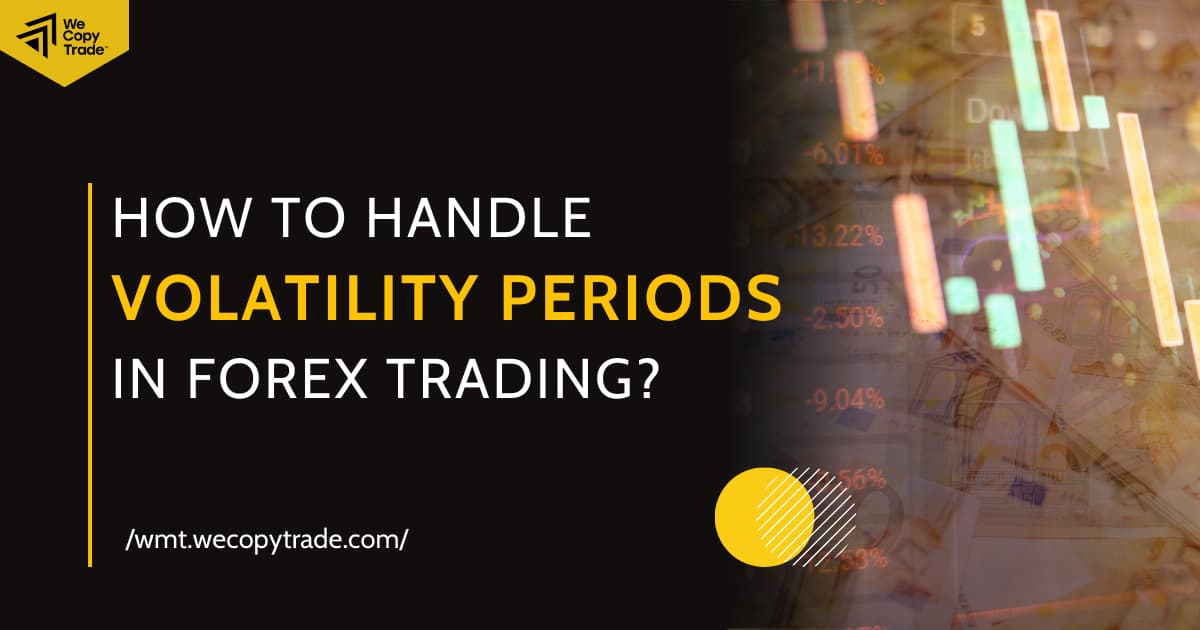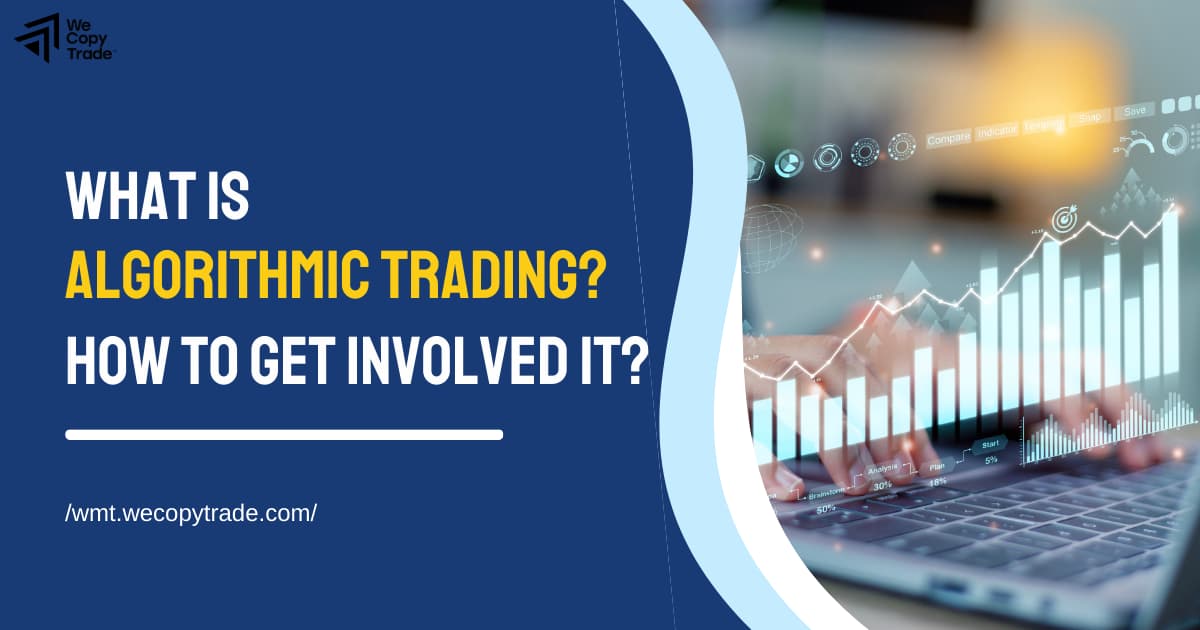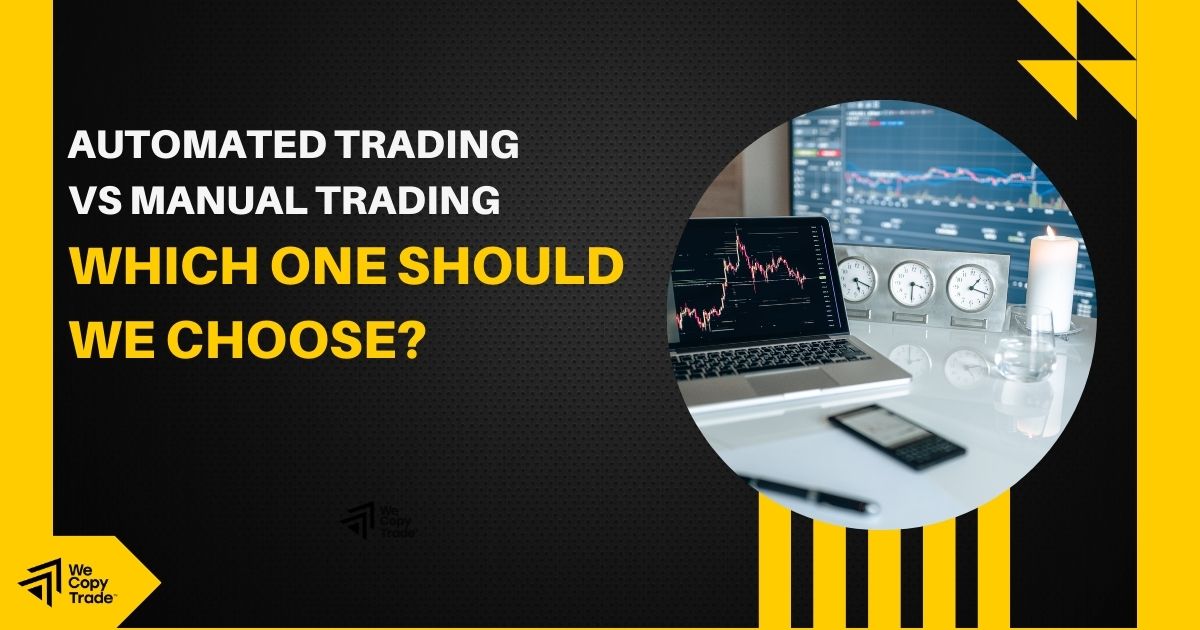
In the realm of financial markets, two major trading strategies have emerged: automated trading and manual trading. Both techniques have distinct traits, benefits, and problems. In this post, we will compare algo trading with conventional trading in detail, allowing you to comprehend the differences and make educated trading choices.
What is Automated Trading and Manual Trading?
To compare and understand the differences between these two types of investments, we must first grasp their most basic concepts.
Automated Trading
Automated trading is when a pre-programmed algorithm decides what to purchase and sell and when, depending on the instructions specified in its code. A trader, programmer, or ‘quant’ may design their manual strategy so that when particular conditions or circumstances are met, the algorithm will automatically execute trades.
As an example, a Forex trader who trades intraday may hire a programmer to automate their once manual trading process. Following some testing, they may discover that the circumstances are either lax or too constrictive. After a time of optimization, the trader may be pleased with their algorithm and test it on a demo trading account. Even after they become live, the trader may test it on a tiny account before devoting greater funds.
Manual Trading
Manual trading involves choosing when to buy or sell an asset and then utilizing market or pending orders to execute the transaction. Before choosing to act, the manual trader may monitor numerous markets for opportunities. In essence, the trader does the majority of the labor, therefore the outcome is only as good as the input.
For example, an intraday Forex trader may spend the morning checking a list of various currency pairings looking for combinations of technical trading events using indicators and other sorts of analysis. They may then place a purchase or sell order manually, or create a watchlist and set alerts to tell them when the price of an asset reaches a level at which they would consider purchasing or selling.The trader may then decide whether to purchase or sell by placing their own order.
Basic Pros and Cons of Automated Trading and Manual Trading
Many factors, including one’s level of expertise, available time and finances, and other personal circumstances, go into determining the optimal trading technique. The benefits and drawbacks of each trading method are detailed below:
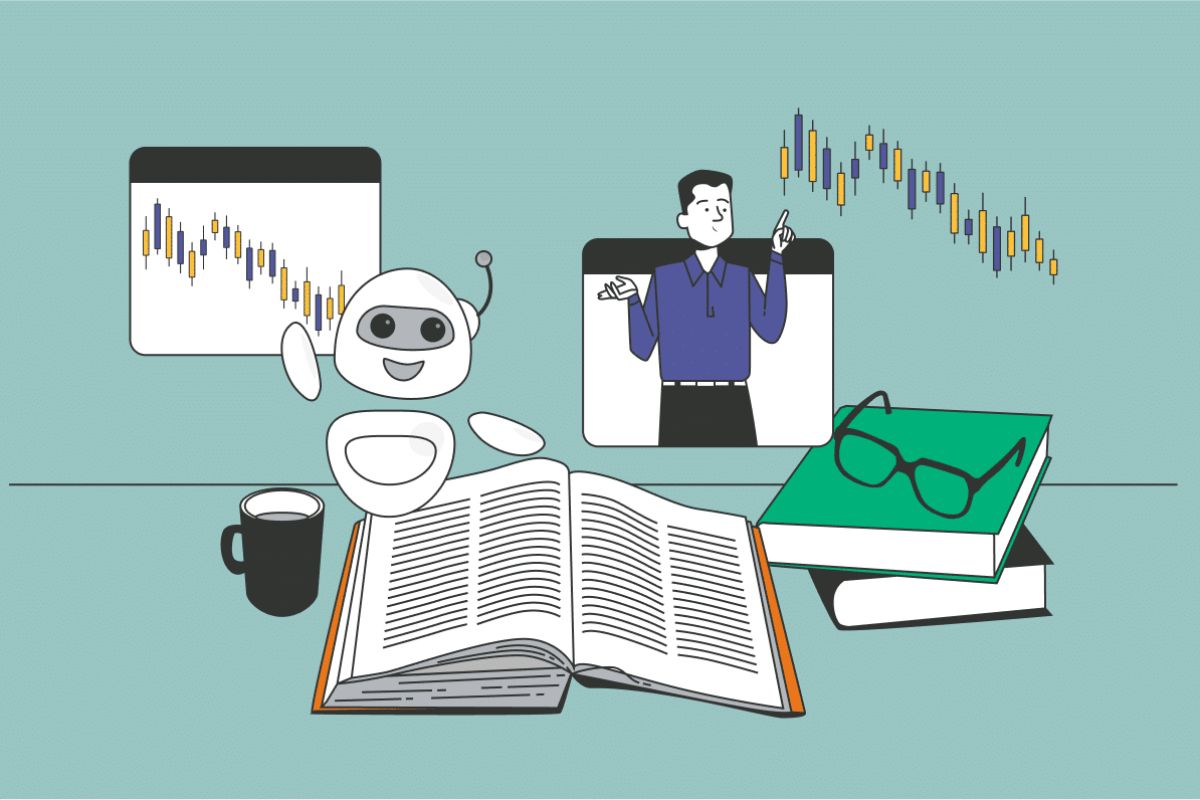
Automated Trading
Pros
- Keep track 24/7. A bot of automated trading will never miss a deal or get emotional. It follows a predetermined algorithm from the minute it is started. This reduces the user’s workload.
- The ability to swiftly assess data. A trading bot is a computer program capable of doing complex computations. Automation may assist you if your trading strategy requires processing big volumes of information in a short period of time or executing extremely rapid trades.
- Multiple assets may be traded simultaneously. Bots benefit from various exchange-traded assets. It is tough to manually examine many cryptocurrencies simultaneously. If many signals arrive at the same time, some may be overlooked or misunderstood. A bot will be able to conduct transactions involving any number of specified assets.
- It is possible to incorporate additional indicators. Bots may be employed alongside the primary strategy to include extra market signals into the trading process.
Cons
- The past does not determine the future. A system’s past performance does not guarantee its future performance. Market circumstances alter, as do volatility and trends.
- Auto trading might easily over-optimize their system and tweak criteria in order to make their past performance appear wonderful. It is a prevalent problem among auto dealers, known as ‘curve fitting’. While traders may determine the ideal variables for their system based on previous data, this does not always apply to future price data.
- Hiring a programmer to assist write a trading strategy comes with a cost. Any optimisations or adjustments may incur additional costs to examine and modify. The second alternative is for traders to learn how to code themselves, which for most would be another disadvantage.
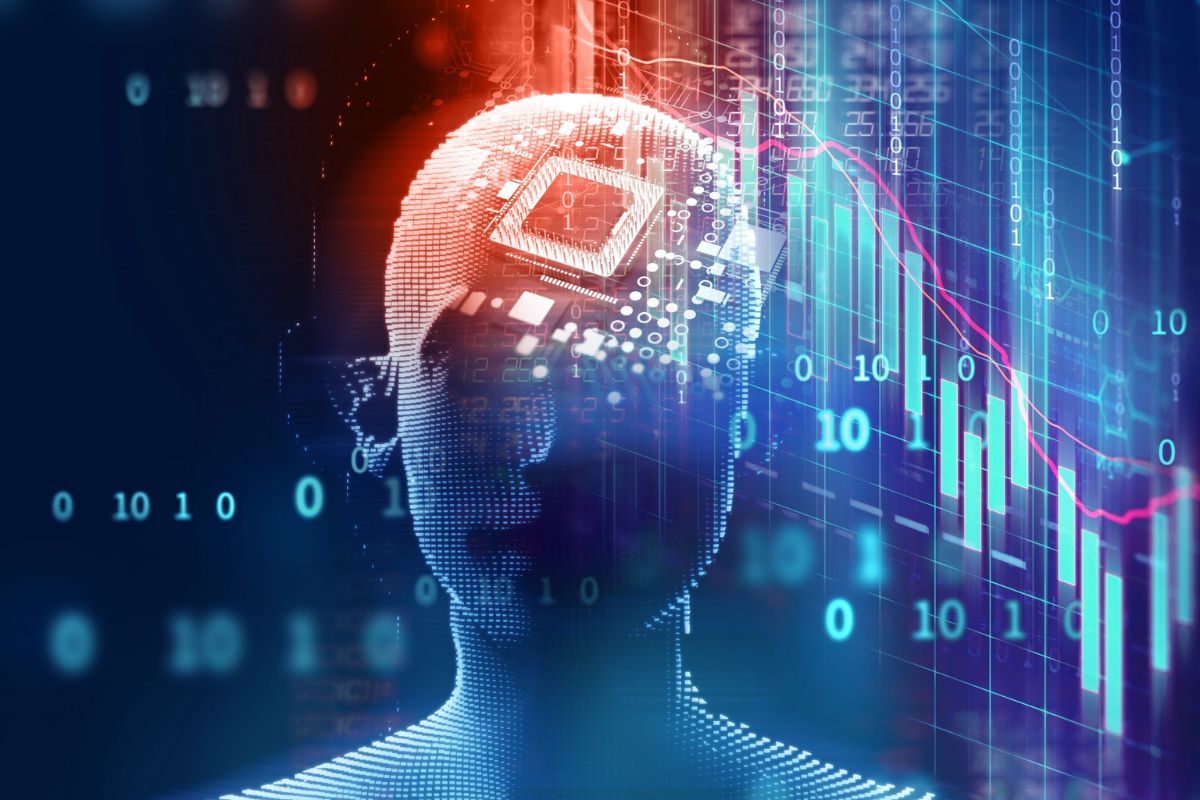
Manual Trading
Pros
- Every trade is under supervision. The individual selects when to start and close positions based on the current market conditions. No trades occur without the trader’s permission.
- A great understanding of the market. Traders may study news and other external variables that may affect asset prices, although these are often monitored by bots. Furthermore, they can forecast how the market will react after the publication of fresh information.
- Quick response to changing market circumstances. A trader may detect significant market trend changes and adjust his approach in a couple of minutes. In contrast, a bot’s algorithms cannot be automatically modified in such instances.
Cons
- Our capacities are limited. A person cannot keep track of too many trades and indications.
- It is hard to keep watch of the market around the clock. Some market movements and trading chances are unavoidably overlooked.
- It takes a lot of dedication. It takes a long time to examine indicators and handle all transactions manually.
- Not ideal for certain trading techniques. This strategy does not perform well with some tactics, such as scalping (extremely short-term transactions).
The Differences Between Automated Trading and Manual Trading
Automated trading varies from manual trading in many significant ways. Let’s look at the distinctions between the two styles of trading in more depth.
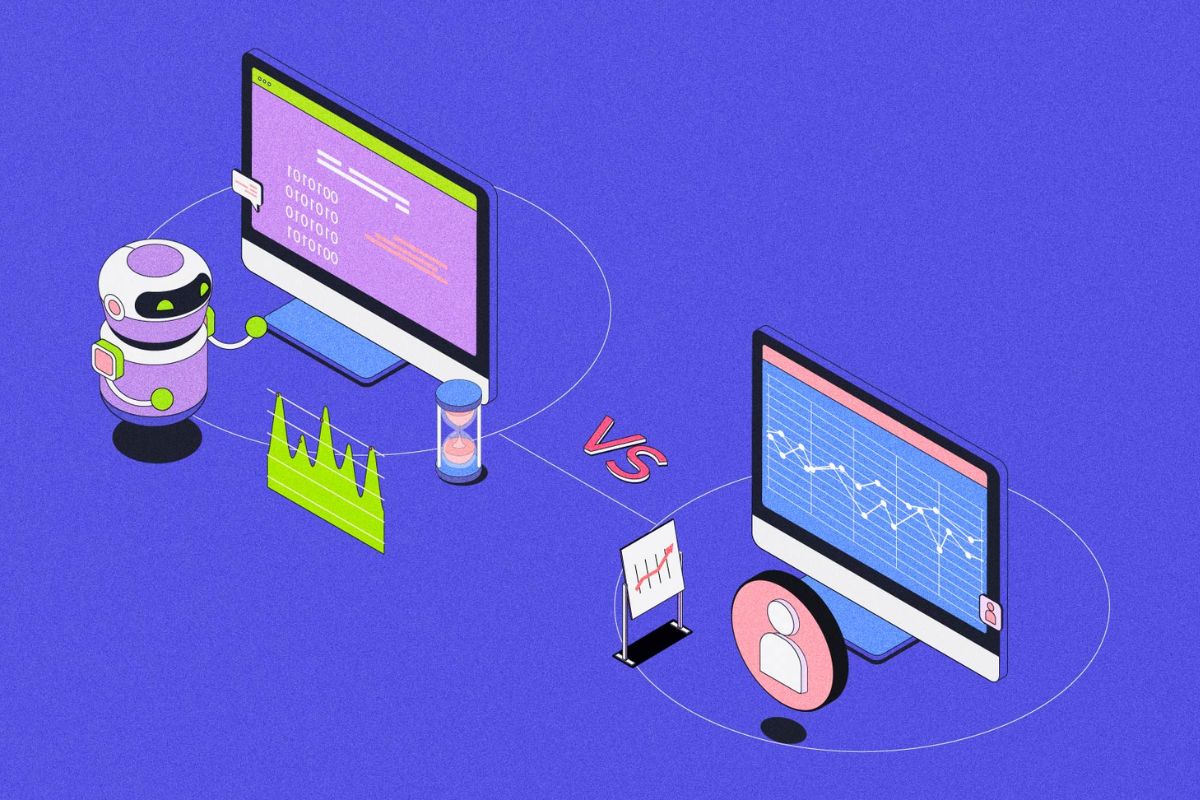
Speed and Accuracy
Automated trading is undeniably quicker and more accurate than manual trading. The algorithms automate the whole process of doing a quantitative study on a stock, placing an order against it, and capitalizing on various market opportunities. This allows a trader to execute hundreds of trade orders at one time, which is not feasible in manual trading.
Flexibility and Customization
Automated trading allows for the customisation of a strategy at the start of a session, and it thereafter acts in a certain way to capture trading opportunities. It supports bespoke algorithms, allowing traders to adapt their strategy. Manual trading, on the other hand, moves at a considerably slower pace, allowing the trader to watch each deal and tailor it to their own trading philosophies and financial objectives.
Risk management
Automated trading robots can only carry out transactions based on the situations that have been programmed into them. However, individuals who trade manually may consider everything that is going on, including market circumstances, and process it all at once.
Unlike manual trading, which is rife with uncontrolled behavior, automated systems adhere to the trading plan and approach you establish. Robots don’t have time to revolt. They do not experience human emotions.

Potential returns
Automated trading enables traders to invest in numerically calculated stocks rapidly and efficiently. This increases the possibility for returns as compared to conventional trading, where the investment is lower but the earnings are higher. The enormous profits often obtained by automated trading might be seen as a compensation for the significant investment risks involved. However, these risks may always be reduced by developing better, fully optimized trading algorithms that account for every potential event.
Backtesting and Optimization
One key benefit of automated trading is the ability to do thorough backtesting and tuning. Traders may test their methods against historical data to see how they perform in different market scenarios.This technique enables them to fine-tune and improve their algorithms before deploying them in real markets.Traditional traders can do manual backtesting, but it is more time-consuming and subjective.
Conclusion
The answer to whether automated trading is better or worse than manual trading is one of many unhelpful but accurate responses. Because ‘it depends’.
Robots can surely comprehend information quicker than humans and do not need sleep. However, since automated trading platforms rely on algorithms, they are unable to respond when something unforeseen occurs that changes the dynamics of the market, such as an earthquake or a change in nation leader.
Some traders may combine the two, using both quantitative and qualitative factors to develop their approach. However, if you are new to the market, it seems that automatic trading is the better alternative for you.
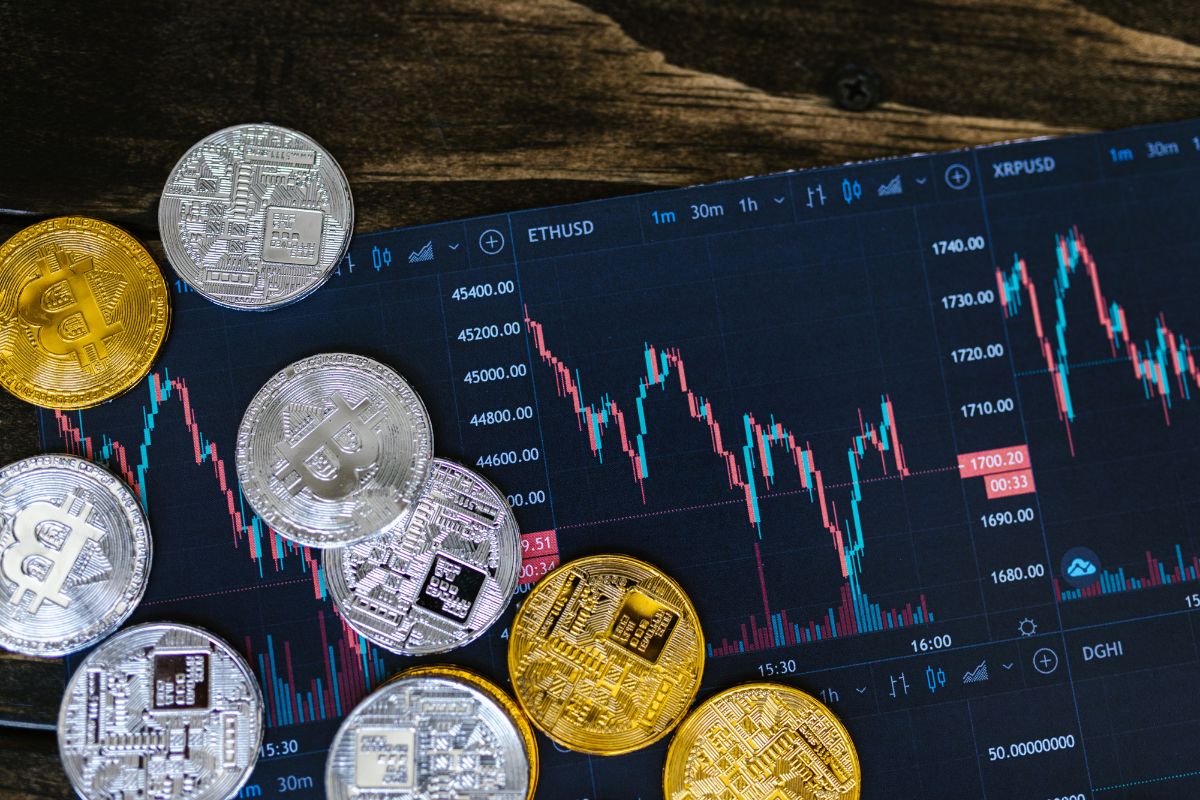
Because your ability to maximize earnings will improve, employing automated trading allows you to discover why the bot makes certain judgments. In addition, copy trading is a sort of automation that you may use to begin the investing process.
Visit our website https://wmt.wecopytrade.com/blog and WeCopyTrade to learn more about copy trading or to stay up to date on key investment information and suggestions. Furthermore, WeCopyTrade offers a Funded Trading program, which provides funds for novice participants to confidently engage in the investing game. Find out more and join up for our program now!


